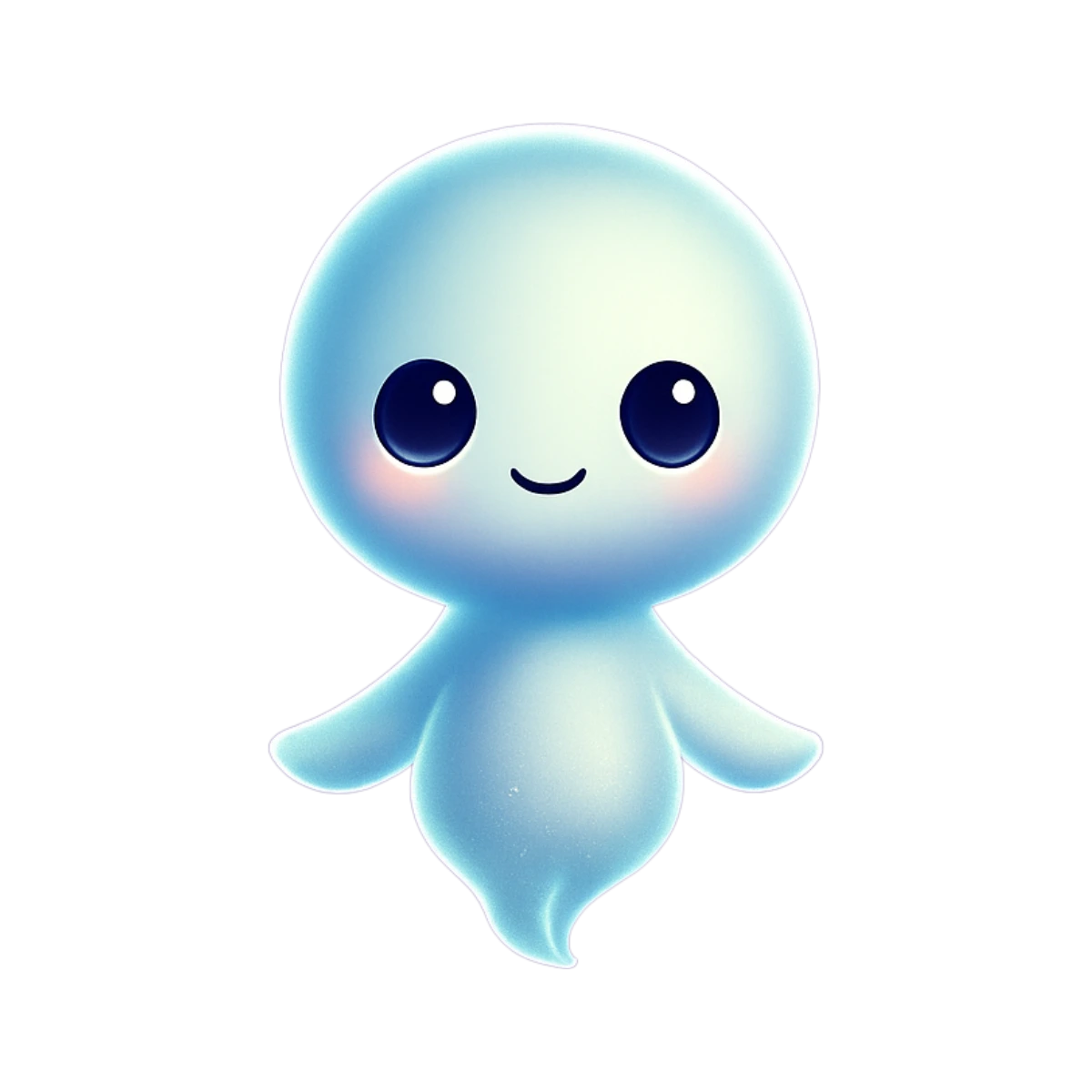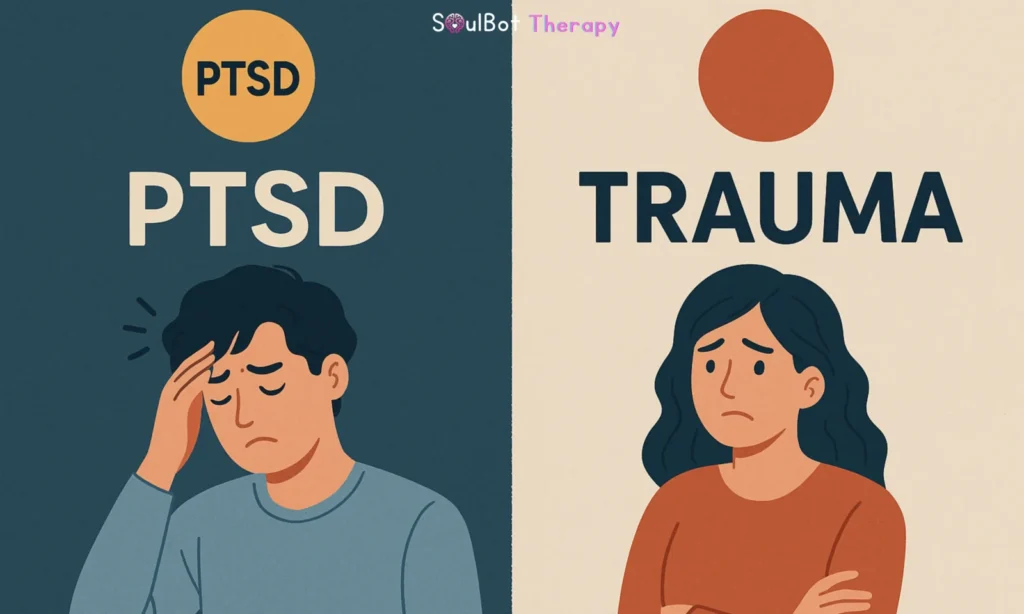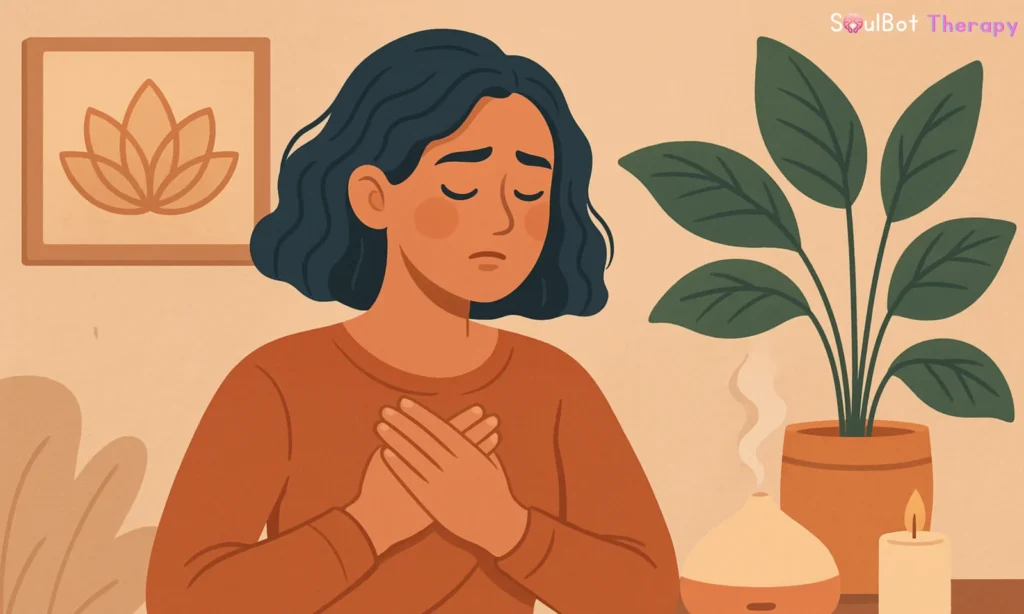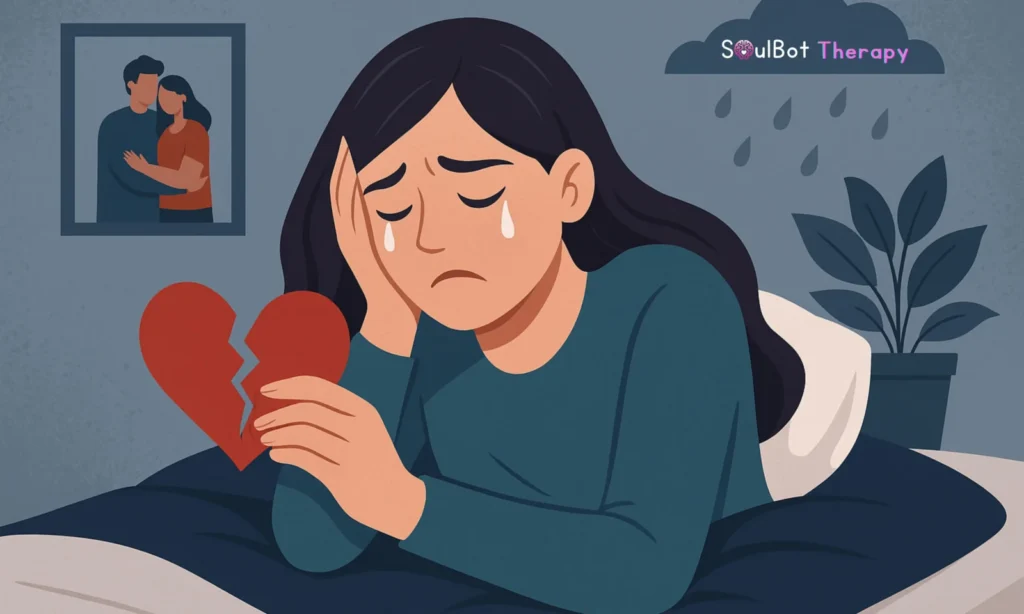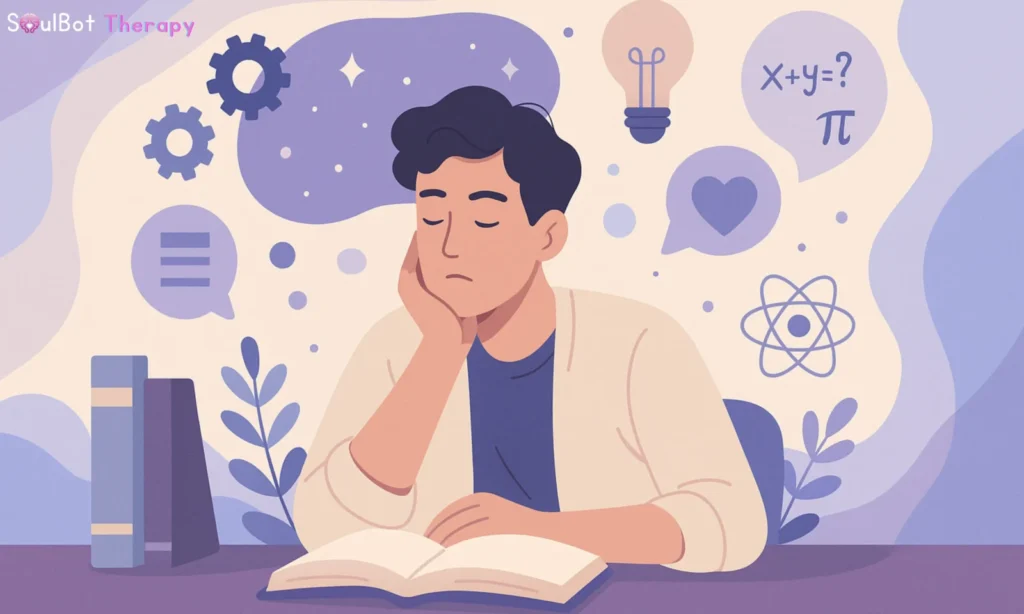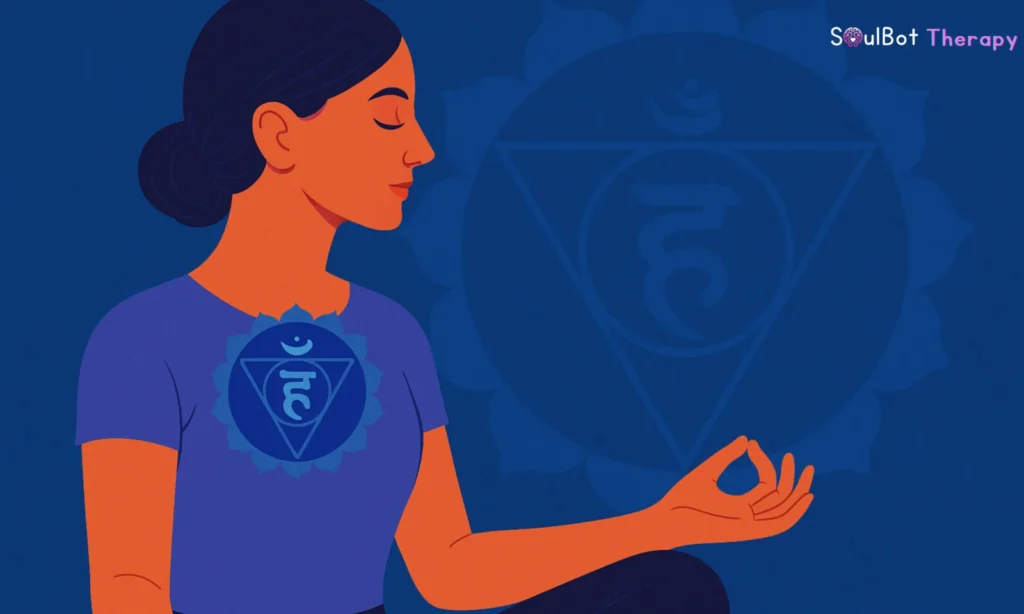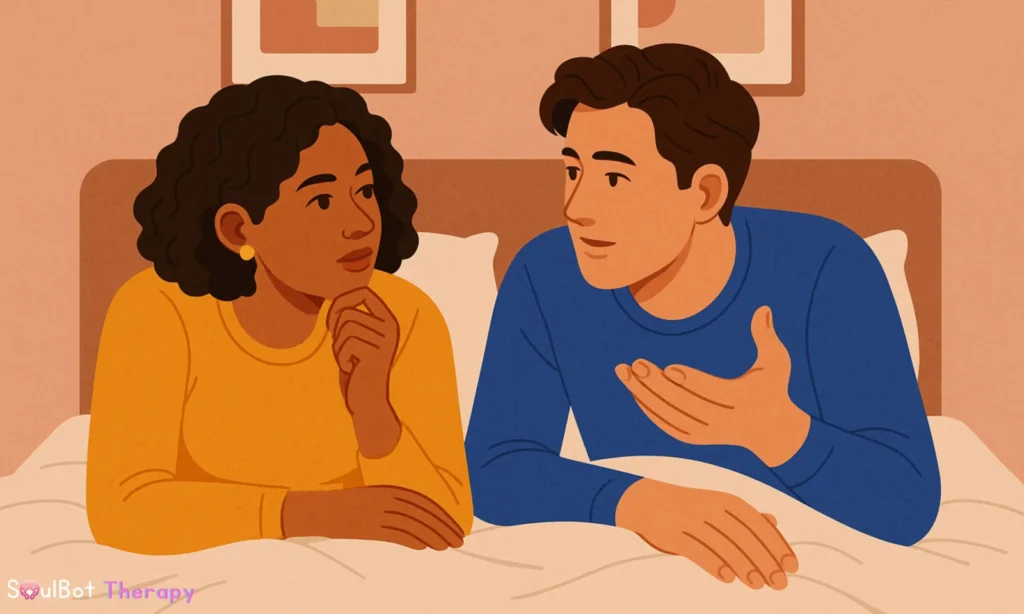TikTok therapy is trending, but is it benefiting or hurting your mental health?
From 30-second mindfulness hacks to “signs of emotional trauma” gliding across your screen, TikTok has become a virtual therapist for millions. But here’s the thing: what you’re consuming might be more entertainment than evidence-based healing. So let’s break it down where TikTok therapy helps, where it misleads, and what you need to know to protect your mental wellness online.
🧠 Take the Love Language Test to understand how you emotionally connect—it helps filter through mental health content online.🎭 What Is TikTok Therapy, Really?
TikTok therapy refers to mental health advice, diagnoses, and coping tools shared by creators on the app. While some are actual licensed therapists using the platform to educate, many are not.
Why has it become popular?
- It’s accessible and free.
- It uses relatable content (often humorous or emotional).
- It speaks to Gen Z and millennials in their language.
But this also opens the door to misinformation in mental health content, where people self-diagnose based on a 15-second clip or start treating trauma based on an aesthetic video. That’s risky.
⚠️ The Fine Line Between Awareness and Misdiagnosis
You might find yourself scrolling and thinking:
“Omg, that’s totally me. I must have ADHD, or CPTSD.”
That’s where TikTok mental health advice crosses into dangerous territory. Self-awareness is excellent, but using it as a substitute for therapy? That’s not healing. That’s spiralling.
Creators aren’t always trained professionals. The algorithm doesn’t care if the content is accurate; it only cares if it’s engaging.
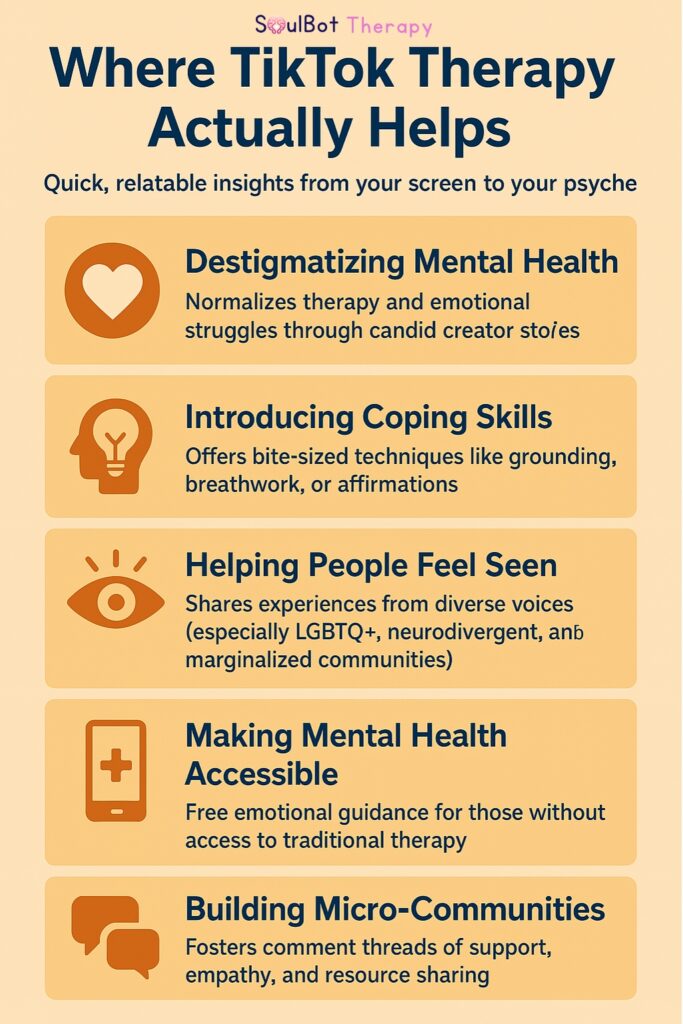
✅ Where TikTok Therapy Actually Helps?
Despite its pitfalls, mental health on social media isn’t all bad. When used thoughtfully, it can:
- Reduce stigma around therapy and mental illness
- Provide basic emotional regulation tools and calming techniques
- Help people realise they’re not alone
- Offer vocabulary for hard-to-name feelings
This is where social media therapy trends have a tangible impact: opening doors, starting conversations, and building community.
🧘♀️SoulFact: According to a 2023 Pew Research Centre report, Gen Z is more likely to use TikTok for emotional support than traditional mental health apps.
🤖 Can AI Do Better?
With the rise of AI mental health tools, we now have apps and bots trained in emotional intelligence, offering structured support. Unlike TikTok creators, these tools can personalise support and protect privacy.
For example, SoulBot doesn’t just hand out generic advice; it tracks your emotional patterns and responds with daily mental health coping skills tailored to your mood.
That’s the future: tech that listens without guessing.
🧠 Key Takeaways
- TikTok therapy is not a replacement for therapy.
- Beware of misinformation in mental health content; viral does not mean valid.
- Gen Z mental health behaviour is shifting; they’re looking for relatable, fast content, but it should be paired with credible support.
- AI mental health tools are a more reliable step toward daily healing.
- Social content can spark healing, but it needs boundaries and fact-checking.
Unfollow creators who cause anxiety or self-doubt. Curate content that supports, not confuses, your healing journey.
🧘♀️SoulFact: A 2022 study by the American Psychological Association found that over 50% of mental health content on TikTok lacked scientific backing.
💬 Final Thought: Follow TikTok Therapy With Caution
TikTok therapy can inspire, but it’s not a substitute for deep work. Just because something sounds like you doesn’t mean it is you. Healing requires structure, safety, and space to be messy without a comment section judging you.
Let SoulBot be your companion. Built for emotional reflection, not just reaction.


